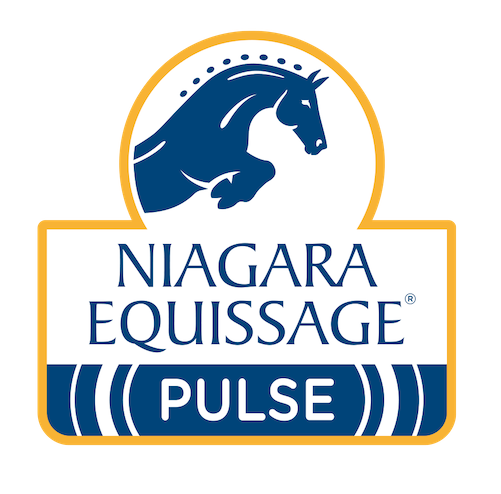Rhabomyolysis
Equine Rhabdomyolysis Syndrome (ERS) is a metabolic disorder that is linked to glycogen accumulation during rest.
It is thought that glycogen accumulation increases muscle cell volume which in turn decreases capillary perfusion of muscle.
During exercise a lack of oxygen results in a build up of lactic acid which causes swelling of the muscle cells and therefore capillary constriction. Anoxia (lack of oxygen to the muscles) causes degeneration of muscle fibres. This is why Equine Rhabdomyolysis results in muscle pain and in severe cases permanent damage.
Symptoms of Equine Rhabdomyolysis Syndrome
The clinical symptoms of Equine Rhabdomyolysis include;
- Swollen, hard and sensitive gluteal muscles
- Reluctance to move
- Progressively shorter strides
- Pain
- Sweating
- Pawing
- Flanking
- General signs of distress
Myoglobinuria may also occur; this is when myoglobin is present in urine. Myoglobin is released as result of muscle damage and reaches the kidneys via the blood stream. This can lead to discoloration of the urine and in severe cases myoglobin may damage the kidneys leading to renal failure.
The onset of Equine Rhabdomyolysis usually occurs early on during exercise, after hard exercise or during a period of rest accompanied by high energy intake.
Can Niagara Equissage help with Equine Rhabdomyolysis?
Yes it can – but it must not be used until your veterinary surgeon has seen the horse. This is because if the massaging effect has a stimulatory effect on the kidneys but kidney function is impaired either by the presence of myoglobin and/or constriction of muscles, then use of Niagara Equissage will make the situation worse and cause more distress and discomfort especially if the horse wants to pass urine but is unable to do so.
However once the vet has administered drugs to relieve pain and help to promote muscular relaxation, and is happy with regard to kidney function, then Niagara Equissage can be used to encourage further muscle relaxation – although on a low setting (No. 2-No.3) to as not to have an over-stimulatory effect before the body can cope.
Once blood tests are satisfactory, then normal usage can commence. Using Niagara Equissage will help to promote correct kidney function, work to eliminate any remaining excess lactic acid and promote repair to damaged muscle fibres and capillaries.
Application
For equine rhabdomyolysis treatment, use the Back Pad for its 20 minute cycle but for just once a day. Using too often could over-stimulate kidney function and you do not want to put these already compromised organs under additional strain. The setting wants to be low to medium as a higher setting could cause too much activity within the body and encourage excess urination; treatment is aimed at restoring normal kidney function and muscular relaxation.
Niagara Equissage by its very design is a stimulatory tool so it is important in Rhabdomyolysis cases not to be tempted to try and speed up the healing process. Although just 20 minutes a day does not seem very much, the effects of a Niagara Equissage treatment continue in the body for several hours after the initial 20 minute cycle.
Once the horse is restored to health, then either a daily session can be maintained as part of your management programme or on alternate days to help reduce the risk of future Rhabdomyolysis occurrences.
Point to Note: Be sure that your feeding is in line with the work your horse is doing.

Testimonials
See All- Show Jumping Trainer & Competitor
"The Niagara Equissage definitely helps my horses relax in the show ring."
- Racehorse Trainer in Ireland
My entire yard has been on Brandes Formula for the past year. It is an excellent equine supplement that has helped to keep my horses healthy throughout the season. I would highly recommend Brandes Formula!
- “Our Niagara Equissage helps us keep our horses in top condition and prepare them for competition. The Hand Unit is great for people too.”

